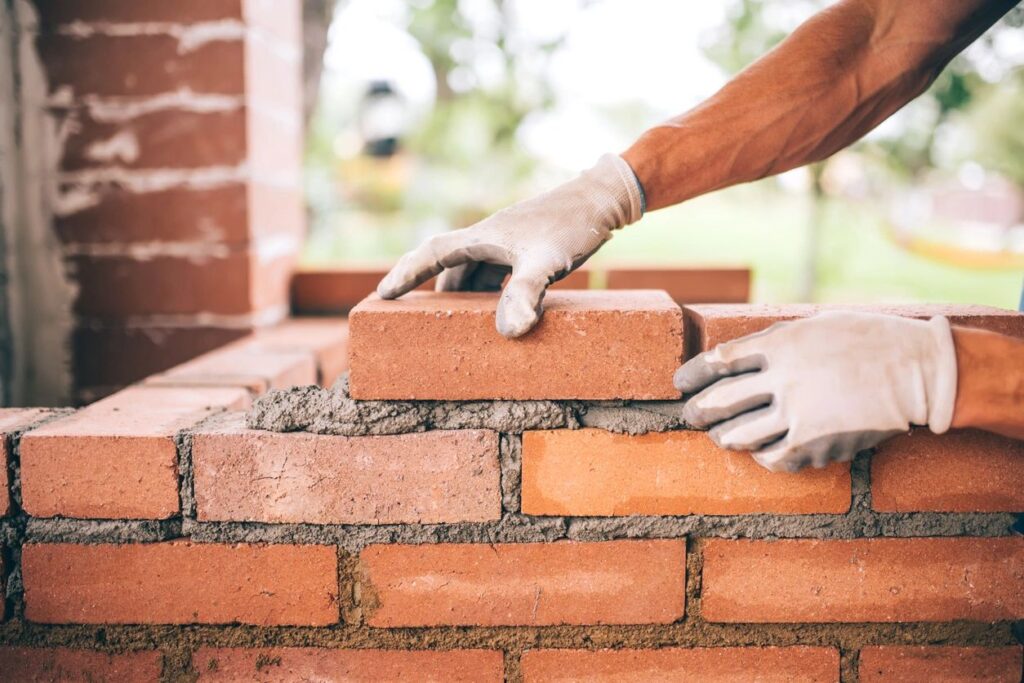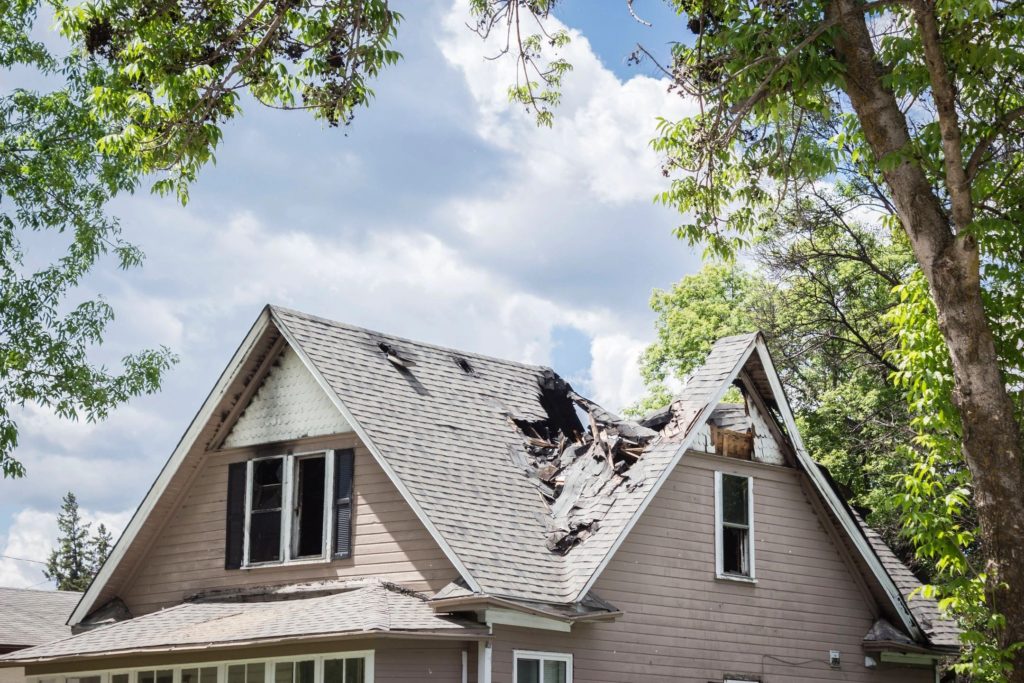
The ownership of private property is one of our most cherished freedoms. Property divides power between the government and the individual and allows citizens to be rewarded for their own industry. But to fully enjoy the benefits of property ownership, knowledge and vigilance in defending and protecting those rights when they are being threatened.
In instances where either private or public actors are seeking to challenge your property rights, be prepared to defend yourself by knowing, in advance, what your rights are or by consulting an experienced real estate or eminent domain lawyer.
Following these tips will also help you better protect your interests as a property owner.
Know Your Rights
When you own real property, you have a bundle of legal rights that go along with the ownership, including:
- The right of possession
- The right of control
- The right of exclusion
- The right to derive income
- The right of disposition
Property rights can also extend to:
- surface rights: the right to use the surface of the land
- riparian rights: the right to any water on your property
- subsurface rights: the right to use what is below the surface such as oil, gas and minerals
- air rights: the right to the area immediately above your property
Of course, these rights have exceptions and limitations and may also come with legal obligations (e.g, taxes). They may also be lost, voluntarily transferred or even regained after a period of time such as when you rent a portion of your property and the lease terminates.
Property rights may also vary from state to state and from community to community. They may be subject to local, state, and federal laws. Knowing your rights as a property owner makes you more aware of what you can and cannot do with your property, and how to protect it from intrusions or encroachments.
Familiarize Yourself with core title documents
There are many documents that contain vital information about a landowner’s property and the extent of their ownership rights. Among these documents, some of the most important typical ones are the following:
- The Deed and other documents of title and exceptions to the title, sucah as easment
- The Deed of Turst or other documents showing that the property has been mortgaged or collateralized for payment of a debt
- Survey and boundary documents
- Zoning maps and master plans\
Go Through the deed to the property
Property deeds are signed legal documents that transfer the ownership of the real property from one person to another. For the deed to be legally operative, it must identify both the grantor/seller and the grantee/buyer and contain an adequate description of the property, among other elements.
There are different types of deeds, each type providing different levels of protection to the grantee, as well as the obligation of the grantor. Deeds also typically include deed restrictions, which are important in understanding the extent of the owner’s use and enjoyment of the property.
Understand the Title Documents
Title documents prove the ownership of control and possession of a person over specific property or parcel of land.
Aside from establishing ownership, however, title documents also disclose liens, defects, deed restrictions, and exceptions to title that affect the property. Reading and understanding these documents will give you an insight into the limitations and exceptions that apply to your ownership of property.
Consult with a real property or eminent domain attorney
Anytime you encounter issues concerning your property rights, whether it’s a defect in title or a potential taking due to an act of eminent domain, seek the professional advice of a real estate or eminent domain attorney before taking any further steps.
Regardless of the type of property you own or property-related issues you’re faced with, these professionals can help shed light on the situation and steer you towards a more favorable outcome.

 See Our National Coverage Map
See Our National Coverage Map







